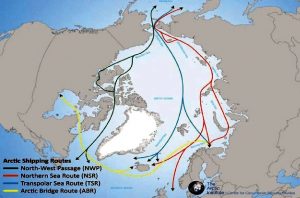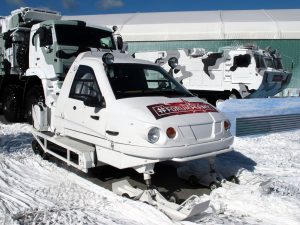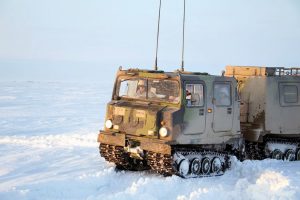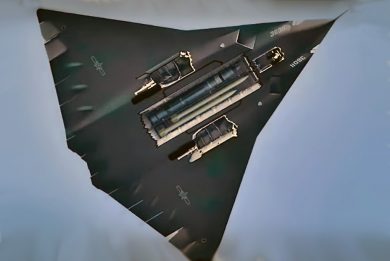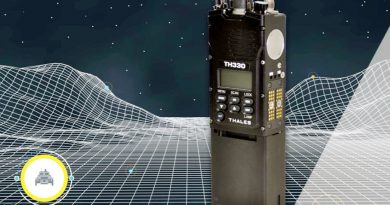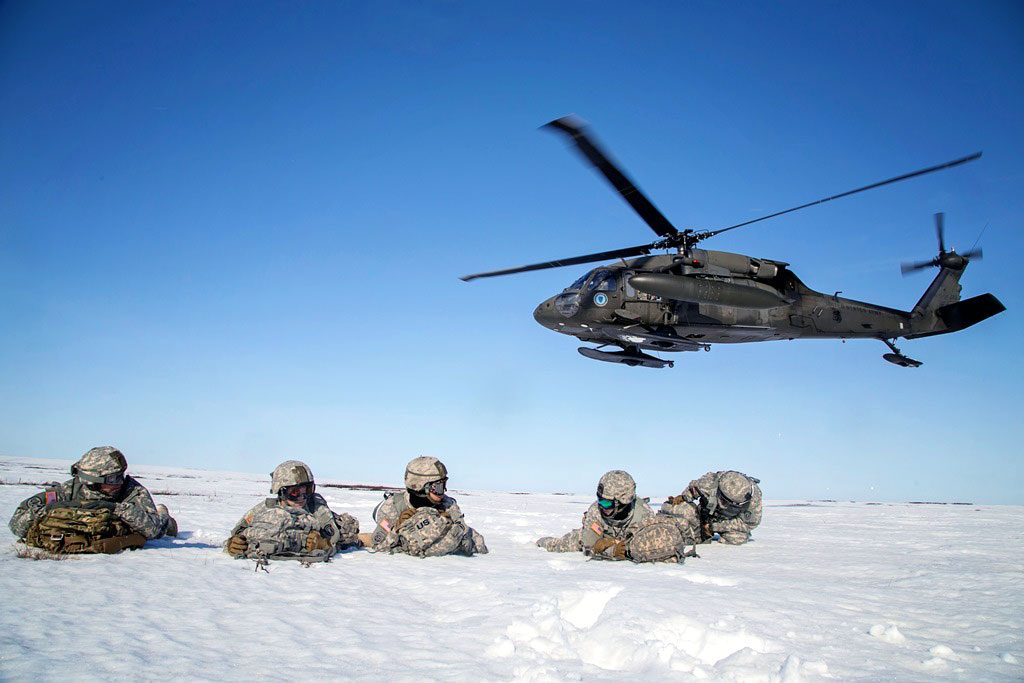
AUSA Global Force Next: US Army Chief of Staff announces the Army Arctic strategy publication
By Paolo Valpolini
Talking at AUSA Global Force Next, the virtual meeting organised by the Association of the United States Army on March 16 to 18, the US Army Chief of Staff, Gen. James C. McConville, announced that very shortly unclassified versions of the three documents that constitute the main pillars for the US Army future, Multi Domain Operations Transformation, Competition Strategy and Arctic Strategy, will be available. Further elaborating on how his Service will be engaged in the Arctic region, Gen. McConville said “the Army had a capability in the region in the past, we have a two-brigade plus presence up in Alaska right now, and we can envision a Multi-Domain Task Force operating in that area to give us, if needed, an anti-access area-denial capability. We are also making sure that our soldiers that work there are masters of the ability to operate in that environment. As we take a look at it, do we do the training up there rather than taking them to Fort Polk for a combat training centre, would it be better to have a combat training centre where they train in the harshest conditions that you can have? So we put all that together as we speak.” The Arctic has definitely be a competitive area in the past, and this is currently intensifying, Russia being definitely looking at that region with utmost interest, while many NATO nations are concerned about the increasing competition up north. “I think that working together with our allies and partners is very important, we have interests there and we have to protect our interests,” the US Army Chief concluded.
Speaking last January at the AUSA Noon Report Gen. McConville stated, “We are looking at transforming a two-star headquarters into an operational headquarters. We are looking at establishing a Multi-Domain Task Force in the region, and we are looking at establishing an Arctic-capable brigade.”
The US Army CoS speech at AUSA Global Force Next was immediately followed by the publication on the Army website of the aforementioned document on the US Army posture in the Arctic region, titled “Regaining Arctic Dominance – the U.S. Army in the Arctic” and dated 19 January 2021.
The 54 pages document first underlines how the Arctic region falls under the responsibility of three different US geographic combatant commands, USNORTHCOM, USINDOPACOM, USEUCOM. Eight countries have borders in the region, which of course encompasses all time zones. Two primary transit routes pass through the Arctic, the North-West Passage and the Northern Sea Route, allowing a considerable shortcut between Europe and Asia, their state being closely linked to the climate warming and the reduced ice conditions in the area. The reduced ice conditions might make a third line of communication available, the so-called Transpolar Sea Route.
However transportation is only one of the things that make the Arctic a Competition field; energy, oil and gas reserves are estimated at respectively 13 and 30% of the world resources, as well as a number of base material, such as aluminium copper, iron, nickel, gold, platinum, silver, graphite, as well as other rare earth metals, make it an interesting region for natural resources. The Arctic is also a huge reserve of food, as it might open up new fishing opportunities.
Looking at the great powers Competition, both US adversaries consider that area key for their interests, Russia having started since almost a decade to strengthen its military posture in the region, with new air bases and improved air defence systems among other, while China describes it as a new strategic frontier. The United States are consequently adapting their overall posture to cope with this new situation, with the aim of restoring dominance over that area.
Looking at the Army, this has to face mostly the Russian increased presence in a joint and multi-domain stance. For ground forces the extreme cold and difficult terrain, the latter giving mobility headaches specially in springtime, make it a challenging area that has to be dealt with deploying units specifically trained and equipped to fight in such environment.
The document confirms the Army’s decision to deploy a Multi-Domain Task Force in Alaska, as “the first step in setting the conditions for success. In Alaska, it will have the ability to take advantage of world class training facilities and the presence of significant US Air Force and US Navy forces to experiment and train multi-domain operations.” Moreover the Army will create a Multi-Domain Task Force-enabled Division HQ, while “developing concepts, requirements, and doctrine for the employment of Army forces in geographically dispersed and extended duration Joint All-Domain Operations in extreme cold weather and mountainous Environments.”
Training, equipment and doctrine will be key to ensure that Army units will be capable to effectively conduct sustained operations in that difficult context. Talking equipment, the Service will provide Arctic-capable units with personal clothing and weapon systems capable to operate down to over –50°C, in order to make them operationally effective. Mobility is a concern, improving capabilities provided by current all-terrain vehicles being among priorities. Here the will to cooperate with partner nations on training issues might well extend to such systems, considering the experience acquired i.e. by European Nordic countries.
As said, training at all levels is a major concern for Army leaders, the intent being that of better exploiting currently available training assets, while expanding the level of exercises in the Arctic region to echelons above brigade.
The current Army posture in the Arctic sees the Arctic Support Command (Provisional) headquartered at Joint Base Elmendorf-Richardson, that facility also hosting the 4-25th Infantry Brigade Combat Team (Airborne), the NCO Academy and most of the 17th Combat Sustainment Support Battalion, a small share of the latter being based at Fort Wainwright, this base also hosting the 1-25th Stryker CBT, the Northern Warfare Training Center, the 1-52 General Support Aviation Battalion, and the 1-25 Attack and Reconnaissance Battalion. How much this structure will evolve will be seen in the near future.
Photos courtesy US DoD, Center For Circumpolar Security Studies, Paolo Valpolini


